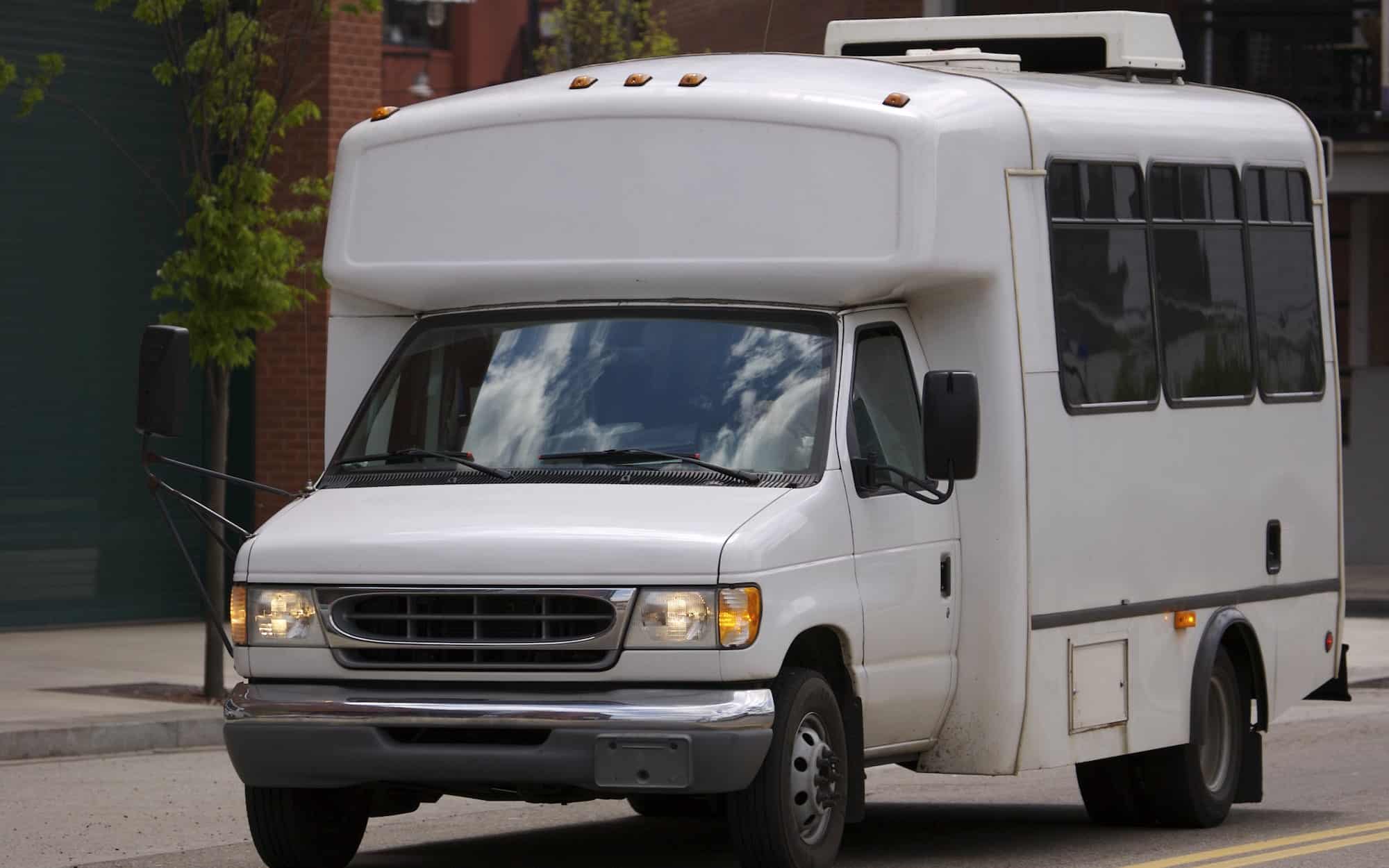Do you find yourself dreaming of transforming an regular minibus into a cozy camper or a functional mobile business? The adventure of minibus conversion is not only thrilling but also full of countless possibilities. Whether you envision a opulent road trip vehicle, a food truck serving tasty meals, or a specialized mobile office, crafting your perfect minibus requires considerate planning, creativity, and a concise understanding of your needs.
In this definitive guide to minibus conversions, we will explore everything you have to know about tailoring your minibus. From the first design advice to practical steps for installation, we will cover essential features, lifestyle enhancements, and essential systems. With a combination of DIY strategies and professional insights, you will discover how to make your vision a reality while remaining within budget and adhering to regulations. Prepare to embark on a fulfilling adventure that will redefine your travels and experiences.
Essential Styling Tips for Your Bus Conversion
As you embarking on your minibus conversion journey, the primary essential tip is to focus on the layout. Depending on how you plan to use your minibus, whether as a comfortable campervan or a mobile office, the layout will dictate the overall functionality and comfort of the space. Think about creating zones for sleeping, cooking, and working, and consider how the flow will function as you move through the vehicle. Make use of multi-functional furniture that can serve multiple purpose to maximize space utilization.
Furthermore, focus on building materials and finishes that are not only aesthetic but also long-lasting. Choose light materials to keep your minibus easy to handle and simple to drive. For instance, consider using plywood or composite boards for cabinetry and fixtures, as they offer a good balance of weight and strength. Additionally, selecting finishes that can tolerate wear and tear, like easy-to-clean upholstery and surfaces, will help maintain the look and functionality of your conversion over time.
Ultimately, be mindful of power and utility needs within the design. Plan for the installation of essential systems, including electrical, plumbing, and waste management, early in the design process. This will help you incorporate these systems seamlessly into the layout. For those considering off-grid living or extensive travel, think about where solar panels or water storage solutions will fit and how they will influence overall design. Combining functionality with style is key to creating a minibus that satisfies all your needs while also being a great space to enjoy.
Key Features for a Functional Minibus Camper
An well-designed minibus camper should prioritize space optimization. This means incorporating dual-purpose furniture that can serve various roles, like a bed which doubles as a living space or storage compartments that can serve as tables. Making use of vertical space for storage can help keep the living area uncluttered while providing enough room for necessary belongings. Strategic layout planning such as the thoughtful placement of equipment and furniture will boost the overall functionality and conviviality of your camper.
Comfort is vital in a minibus camper, especially for long trips. Proper insulation is a key factor to ensure a comfortable temperature, while effective heating and cooling mechanisms help maintain a welcoming atmosphere throughout the year. Adequate ventilation is also necessary; consider implementing windows or ceiling vents to circulate air and minimize humidity. Inviting seating and sleeping arrangements will make your camper a welcoming retreat after a day of exploration.

In conclusion, the inclusion of fundamental systems such as power, plumbing, and waste management is vital for a well-equipped camper. Implementing a trustworthy solar power system can help keep your devices operational while in remote areas. A space-saving water system with water containers and a straightforward waste disposal system will enrich your camping experience. By embedding https://bridges-frantzen.technetbloggers.de/transforming-the-vehicle-as-the-perfect-journey-vehicle into your design, you can ensure that your minibus camper continues to be practical and comfortable during your journeys.
Understanding Expenses and Regulations in Minibus Modifications
When starting a minibus conversion, comprehending the costs associated is essential to controlling your budget effectively. The expenses can vary widely depending on the type of conversion, the materials used, and if you opt for a DIY approach or hire professionals. Generally, conversions can start at a few thousand dollars for basic setups to tens of thousands for extensive alterations. It's essential to create a comprehensive budget that includes not just the conversion itself but also permits, registration fees, and potential insurance increases.
Regulations play a significant role in the conversion process. Different countries and regions have specific regulations regarding vehicle modifications, so it is vital to consult community laws and requirements. This may require inspections to ensure that the converted vehicle meets safety standards for road use, especially if you are converting it for commercial purposes or as a mobile unit. Familiarizing yourself with these legalities at the beginning can prevent expensive setbacks down the line.
Finally, registration and insurance requirements should not be disregarded. Owners of converted minibuses often need to revise their vehicle's classification with the relevant authorities, reflecting its updated purpose as a camper, mobile office, or food truck. Additionally, it's crucial to shop around for insurance providers that cater to converted vehicles, as coverage needs will differ from standard policies. Ensuring compliance with all legal requirements will make for a smoother transition and years of satisfying use.
